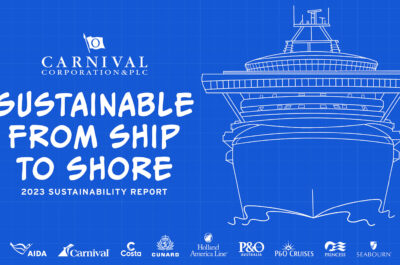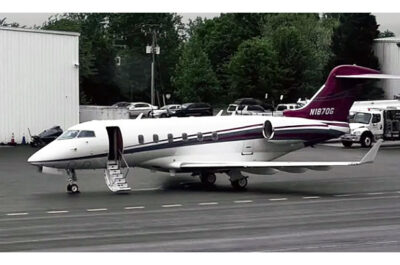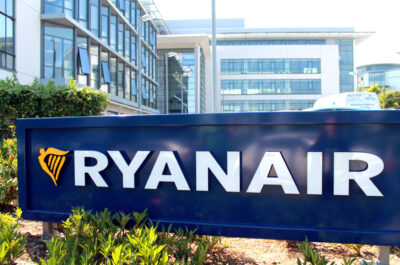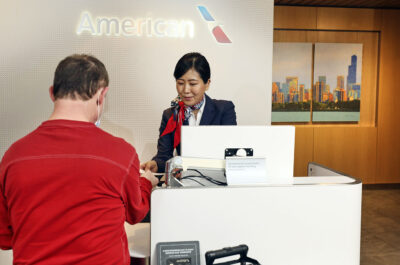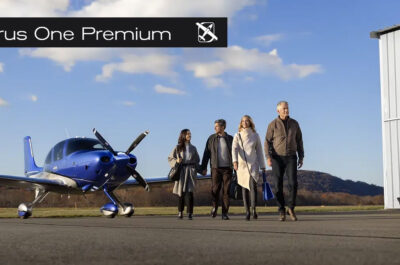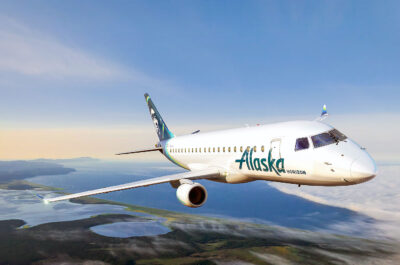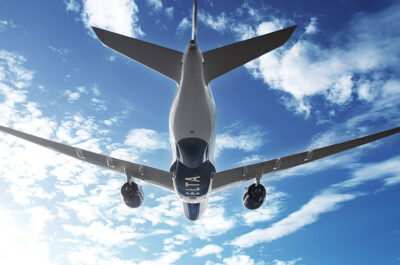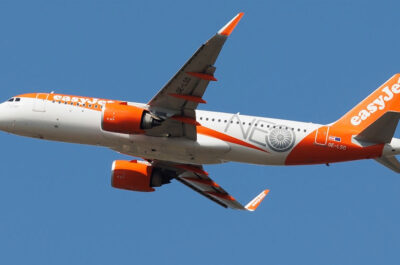As many Britons plan flights for their summer holidays, The UK Civil Aviation Authority (CAA) has published updated guidelines advising holidaymakers on what they can and can’t take on board an aircraft, and how they should behave during the flight. The guidelines are outlined in the CAA’s Travelling Safely leaflet, which is available free of charge from tour operators or downloaded from the CAA’s…
As many Britons plan flights for their summer holidays, The UK Civil Aviation Authority (CAA) has published updated guidelines advising holidaymakers on what they can and can’t take on board an aircraft, and how they should behave during the flight.
The guidelines are outlined in the CAA’s Travelling Safely leaflet, which is available free of charge from tour operators or downloaded from the CAA’s web site at www.caa.co.uk/travellingsafely
In addition to highlighting what you can and can’t take on board, the leaflet also includes information about cabin safety issues and advises passengers where they can find information on travelling with medical conditions and ensuring they are fit to fly.
The CAA aims to ensure that passengers are aware of the risks posed by ‘dangerous goods’, which include items such as culinary blowtorches, fireworks and other explosives as well as substances such as petrol, lighter fuel and weed killer. Sharp items, such as knives and scissors, are restricted for security reasons but can be safely carried in checked baggage. However, with very few exceptions, dangerous goods cannot be carried anywhere on the aircraft.
Geoff Leach, Manager of the Dangerous Goods Office at the CAA, said: “The majority of passengers are very careful when packing their luggage and know which items can and cannot be taken on board. Whilst we are all made aware of the security restrictions imposed, passengers still need to be reminded that some items, which are relatively innocuous in everyday use, are capable of posing a serious risk to the occupants of an aircraft, no matter where they are carried on the aircraft.
“We wish to remind passengers to check the instructions covering dangerous goods on their operator’s web site or in the CAA’s Travelling Safely leaflet before they travel. If they are still unsure at the airport there are notices on display and they can also ask the advice of the airline’s check-in staff.”
A serious Dangerous Goods incident occurred at Manchester Airport on 7 September 2008 involving an electric wheelchair that caught fire.
Ground staff unloading baggage from the hold of a Boeing 757, which had arrived at Manchester, noticed blue sparks coming from the chair. The chair was removed from the aircraft and placed on a vehicle where it immediately burst into flames and was destroyed.
Geoff Leach said: “This incident highlighted the dangers which dangerous goods such as batteries can pose to an aircraft. Battery powered mobility aids may be carried by passengers providing advance arrangements are made with the operator. This enables the operator to take measures to ensure such devices do not pose a danger in flight.”
Dangerous goods that must NOT be taken onboard are:
- explosives, such as fireworks, flares, toy gun caps;
- gases, such as culinary blowtorches, camping or compressed gas cylinders, tear gas, mace or CS gas devices;
- flammable materials such as petrol, lighter fuel, paint, thinners, non-safety matches, firelighters;
- poisons, such as weed killers, insecticides; and
- corrosives, such as filled car batteries.
Goods that may be carried by passengers include:
- gas powered hair curlers (one per person), provided the safety cover is fitted at all times. Separate refills are not permitted;
- safety matches or a single lighter when carried on the person. One lighter per person may be carried through central search. Lighters form part of the passenger allowance permitted in the one litre capacity transparent bag and can either be placed inside the bag or screened separately. It is very important that passengers do not place the lighter into their cabin bag after screening – it must be carried on the person for the duration of the flight. Separate lighter refills are not permitted; and
- battery powered wheelchairs may be carried by passengers subject to certain safety conditions, including ensuring the battery is securely attached to the wheelchair, protecting the battery and chair from short circuiting and ensuring that the wheelchair cannot become switched on during transport. Passengers should contact their airline in advance to check whether special conditions apply.www.caa.co.uk/travellingsafely






































































































































































